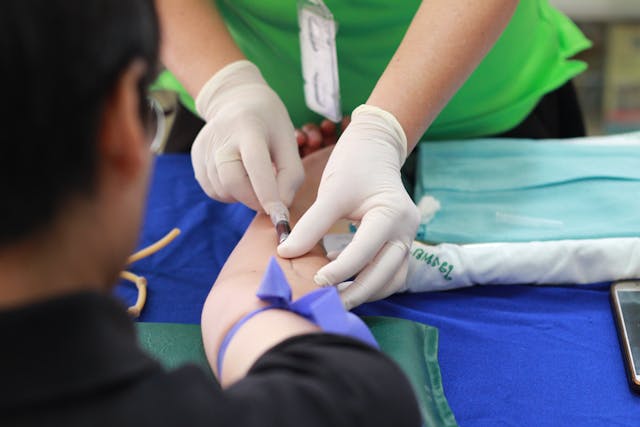Understanding Rare Diseases: Voices from Patients and Doctors
Rare diseases affect millions of people around the world, even though each specific condition may only impact a small group. Because of their low numbers, these diseases are often misunderstood, misdiagnosed, or overlooked. But behind every rare disease is a real person—and their journey is filled with strength, struggle, and hope.
This article explores what rare diseases are, the challenges they bring, and the personal stories of patients and doctors who face them every day.

What Are Rare Diseases?
Uncommon, But Not Unimportant
A rare disease is one that affects a small percentage of the population. In the U.S., a disease is considered rare if it affects fewer than 200,000 people. In Europe, it's fewer than 1 in 2,000.
There are over 7,000 known rare diseases, and most are genetic. They can affect any part of the body and range from mild to life-threatening.
Examples include:
- Cystic fibrosis
- Huntington’s disease
- Duchenne muscular dystrophy
- Ehlers-Danlos syndrome
- Rett syndrome
Many of these diseases appear early in life, but some don’t show symptoms until adulthood.
The Patient’s Journey
Living With the Unknown
For patients, the road to diagnosis can be long and frustrating. Many spend years visiting doctors, trying to find out what’s wrong. Misdiagnoses are common because symptoms of rare diseases often look like more common conditions.
Sophie, 29, lives with a rare neurological disorder. “For years, doctors told me it was anxiety or all in my head. It took seven years to finally get the right diagnosis,” she says.
Once diagnosed, many patients face more challenges:
- Limited treatment options
- High medical costs
- Lack of public awareness
- Emotional stress and isolation
Despite these hurdles, rare disease patients often become strong advocates—for themselves and others.
The Doctor’s Perspective
Learning on the Job
Even experienced doctors may never see certain rare diseases in their careers. That’s why diagnosing and treating them can be so difficult.
Dr. Lin, a pediatric geneticist, explains: “We often need to work like detectives. There’s no single test for most rare diseases, and each case can look very different.”
Doctors must often:
- Work closely with specialists
- Rely on genetic testing and family history
- Stay updated with the latest research
Many also work alongside patients and families, not just as medical providers, but as partners in care.
The Role of Research and Advocacy
Hope for the Future
Rare disease research is growing, thanks to advances in genetics and support from patient advocacy groups. Still, only a small number of rare diseases have approved treatments.
Organizations like the National Organization for Rare Disorders (NORD) and EURORDIS help by:
- Funding research
- Supporting families
- Raising public awareness
- Lobbying for policy change
Patients and their families often lead the push for change. Their stories draw attention and inspire funding and progress.

How You Can Help
Awareness Makes a Difference
Even if you’re not directly affected by a rare disease, you can still make an impact.
Here’s how:
- Listen and learn – Understanding what rare disease patients go through is the first step.
- Share their stories – Help raise awareness by spreading reliable information.
- Support research – Donate to reputable organizations or participate in awareness events.
- Be an advocate – Encourage fair healthcare policies that include rare disease support.
Conclusion
Rare diseases may not be common, but their impact is deeply felt. Behind each case is a person with dreams, challenges, and a powerful story. By listening to the voices of patients and doctors, we can build more understanding, drive better care, and create a world where no one is left in the dark simply because their illness is rare.
Compassion and awareness go a long way. Together, we can make life a little easier—and a lot brighter—for those living with rare diseases.












